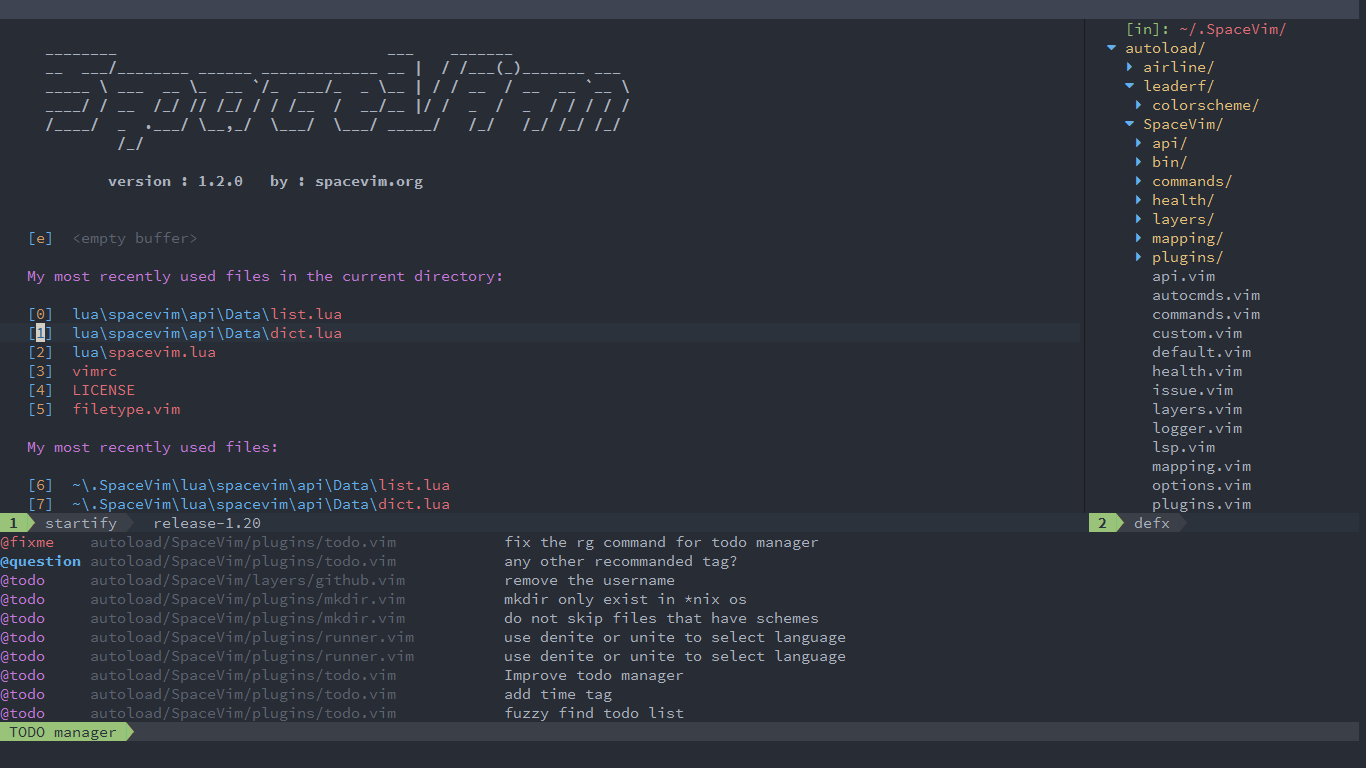

The mapping of a keystroke to a character sequence in the terminal (tty).In fact, there are two mappings to take into account: The mapping of the backspace and delete key to a given application behaviour has differed in the course of time, and per terminal and application. In a terminal or editor, pressing the backspace results in a delete command, or vice versa. The following commands map the 'j' key to execute 'gj' and the 'k' key to execute 'gk'.Sometimes the backspace/delete does not work as expected. The 'n' in ':nmap' and ':nnoremap' denotes normal mode.įor example, the following command maps the key to search for the keyword under the cursor in the current directory using the 'grep' command: To map keys that work only in the normal mode, use the ':nmap' or ':nnoremap' command.

For more information about this refer to the Vim help. Note that the language specific mappings defined using the ':lmap' and ':lnoremap' commands are not discussed here. Omap, onoremap, ounmap Operator pending mode Vmap, vnoremap, vunmap Visual and Select mode Imap, inoremap, iunmap Insert and Replace mode The following table lists the various map commands and their corresponding editing mode: You can create keymaps that work only in normal, insert, visual, select, command and operator pending modes. Vim supports creating keymaps that work only in specific editing modes.

Omapclear - Clear all operating pending mode maps Vmapclear - Clear all visual and select mode mapsĬmapclear - Clear all command-line mode maps Mapclear! - Clear all insert and command-line mode maps Mapclear - Clear all normal, visual, select and operating pending The mode-specific map clear commands are listed below: To clear all the mappings for a particular mode, you can use the ':mapclear' command. For example, to map a key in normal and visual mode but not in operator-pending mode, you can use the following commands: To map a key in only a selected set of modes, you can use the ':map' and ':map!' commands and then unmap them using the mode specific unmap commands in a few modes. For example, the following unmap command will fail (replace with a space character): Note that in the above unmap commands, if a space character is present at the end of the unmapped key sequence, then the command will fail. Ounmap - Unmap an operator pending mode map Iunmap - Unmap an insert and replace mode map Vunmap - Unmap a visual and select mode map The mode-specific unmap commands are listed below: You can remove a mode-specific map by using the mode specific unmap command. Or, you can place the unmap command in the appropriate after directory. You can just use a different autocmd event for this, e.g.: vimrc, use autocmd:įiletype plugins can be a little tricky, because they can redefine mappings any time you open a file of a certain type. If you are trying to disable a key map defined by a plugin, make sure the unmap command is executed after the key map is defined by the plugin. Instead you have to map it to to disable its functionality. Also you cannot unmap a key used by one of the Vim internal commands. Note that after a key is unmapped using the ':unmap' command, it can be mapped again later. For example, to remove the map for the key, you can use the following commands:

vim directory, then you can edit the file to remove the map.Īnother approach is to use the ':unmap' and ':unmap!' commands to remove the map. vimrc or _vimrc file or in one of the files in the vimfiles or. You can map a key to work in all or some of these modes. Vim supports several editing modes - normal, insert, replace, visual, select, command-line and operator-pending. Using key maps you can define your own Vim commands. You can map keys to execute frequently used key sequences or to invoke an Ex command or to invoke a Vim function or to invoke external commands. Key mapping refers to creating a shortcut for repeating a sequence of keys or commands.


 0 kommentar(er)
0 kommentar(er)
